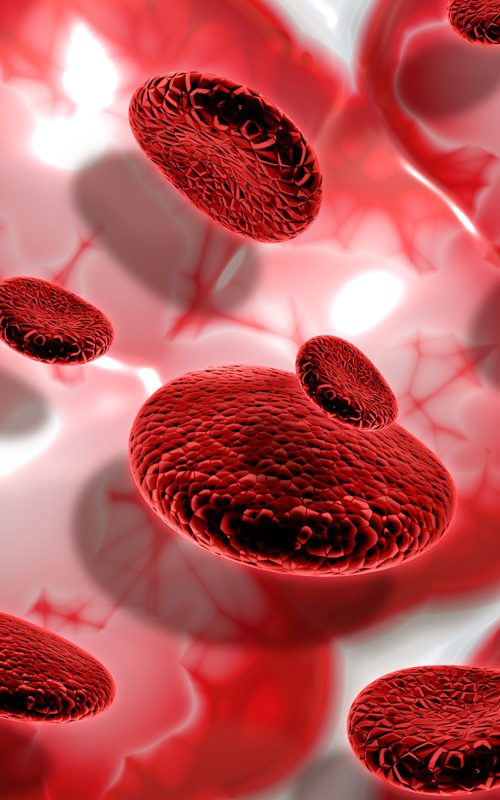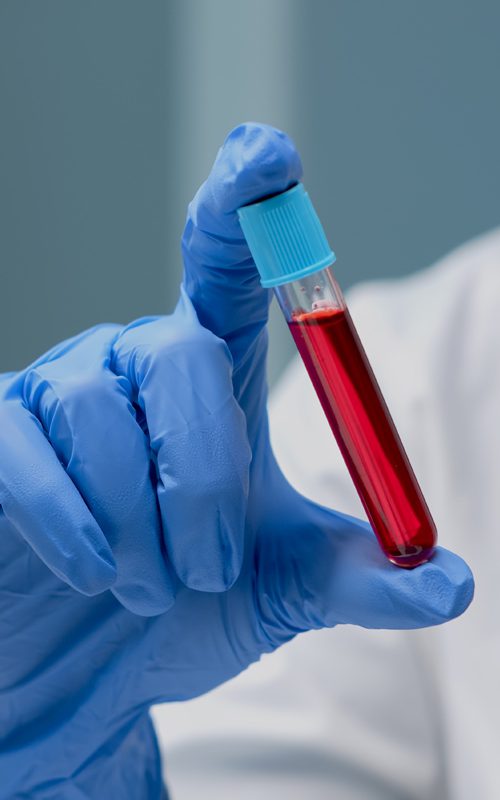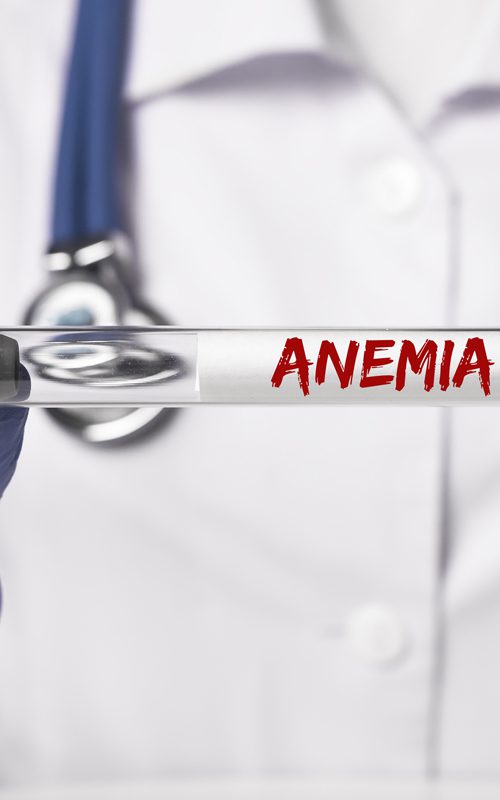Definition of anemia, symptoms, causes and medical treatment
What is anaemia?
Anaemia is a condition in which there are not enough healthy red blood cells in the blood. Red blood cells carry oxygen to the body’s tissues and remove waste products.
What causes anaemia?
Anaemia can be caused by a lack of iron, folic acid or vitamin B12. It can also be caused by conditions that increase the body’s need for oxygen and nutrients, such as pregnancy and chronic illnesses such as heart disease and cancer.
The most common causes of this condition are
– Iron deficiency
– Vitamin B12 deficiency (pernicious anaemia)
– Loss of blood or bleeding
– Liver disease (cirrhosis)
– Diabetes mellitus (diabetic anaemia)
– Autoimmune disease, such as lupus or rheumatoid arthritis
A blood count (CBC) will help diagnose this condition and measure its severity.


TYPES OF ANAEMIA
There are many types of anaemia, including iron deficiency anaemia, folate deficiency anaemia, vitamin B12 deficiency anaemia, sickle cell anaemia and thalassaemia.
The most common type is iron deficiency anaemia, because iron is needed to make haemoglobin. Iron deficiency leads to low levels of haemoglobin, which can cause symptoms such as tiredness, pale skin, weakness and lethargy.
Folate deficiency anaemia occurs when there is insufficient folic acid in the diet or in supplements. Folic acid is involved in the growth of new cells, the production of DNA (genetic material), the conversion of homocysteine (an amino acid) to methionine (another amino acid), and the production of neurotransmitters (chemical messengers).
Vitamin B12 deficiency occurs when the body does not get enough vitamin B12 from food or supplements.
THE SYMPTOMS
Symptoms can range from mild to severe and may include:
- Tiredness and weakness
- Shortness of breath, dizziness or lightheadedness when standing up
- Paleness of the skin, lips and nails
- Headaches, irritability and depression
- Fast heart rate
WHAT IS THALASSAEMIA?
Thalassaemia is a genetic blood disorder that causes the breakdown of haemoglobin, the protein in red blood cells that carries oxygen to the body’s tissues. Haemoglobin is a key component of red blood cells and carries oxygen from the lungs to all parts of the body.
People with thalassaemia have anaemia, which means that their bodies do not get enough oxygen. Anaemia can cause tiredness and shortness of breath. The severity of thalassaemia varies from person to person, depending on the number of genes affected. If only one gene is affected, the person may have mild anaemia and may need medication or blood transfusions from time to time. If both parents carry a thalassaemia gene and pass it on to their child, the child will have moderate to severe anaemia and will need treatment for life. Treatment includes regular blood transfusions and daily iron supplements.
ANAEMIA AND PREGNANCY
In pregnant women, anaemia can lead to complications for both mother and baby. It is important to treat anaemia properly during pregnancy to keep you and your baby healthy.
During pregnancy, your body needs more iron than normal to help your baby grow and prepare for birth. Your iron levels will be checked between the 4th and 8th week of your pregnancy – usually before you go into labour – to see if you are anaemic. Iron supplements may be recommended if you are at risk of developing iron deficiency during pregnancy, or if your haemoglobin level is below 11 g/dL (11 g/L) at any time during pregnancy.
Causes of anaemia in pregnancy include:
– Iron deficiency during pregnancy. During pregnancy, your body needs more iron than usual – up to 30 milligrams (mg) a day – because you are producing more blood to help the baby grow and develop. If you do not get enough iron, you may develop iron deficiency anaemia during pregnancy and after giving birth.
– Bleeding due to miscarriage or abortion within three months of conception (first trimester). This type of bleeding can lead to iron deficiency anaemia if it is frequent or lasts for more than a few days.
TREATMENTS
The main treatments for anemia are iron supplements and blood transfusions. In some cases, surgery may be necessary to treat other underlying conditions causing this disease.
THE CONSEQUENCES OF ANEMIA
If you have this condition, your body is not getting enough oxygen. It can cause you to feel tired and weak. It can also cause shortness of breath, dizziness and headaches. If you have severe anemia, you may feel weak or dizzy when you get up suddenly.
In some cases, this condition can lead to serious complications if not treated immediately. For example, if your body doesn’t get enough oxygen, it may not be able to heal injuries as quickly as it should. Severe anemia can also affect heart rate and rhythm (arrhythmia).

You ask, our teams answer.
F.A.Q
Sickle cell disease is a genetic disorder that affects red blood cells. These cells are responsible for carrying oxygen around the body. When sickle-shaped red blood cells block small blood vessels, they prevent oxygen from reaching the tissues.
Sickle cell disease can cause pain and infection in the bones, joints and spleen. It can also affect the heart, which may have to work harder to pump blood around the body.
People with sickle cell disease often go to hospital because of painful attacks they experience. They may also need surgery or other treatments to correct life-threatening complications associated with the disease.
Symptoms of sickle cell anaemia:
The signs and symptoms of sickle cell disease vary greatly from person to person and depend on the severity of the disease at any given time. Some people have no symptoms until they are older, while others have symptoms throughout childhood and adolescence. The severity of symptoms can also vary over time in a person with sickle cell disease.
Rheumatoid arthritis is a chronic inflammatory disease that causes pain and swelling in the joints. It can also affect other parts of the body, such as the skin and the eyes.
Rheumatoid arthritis is an autoimmune disease, which means that the immune system mistakenly attacks the body’s own tissues. In rheumatoid arthritis, the immune system attacks healthy joint tissue, causing inflammation and pain.
The exact cause of rheumatoid arthritis is not known, but several factors are involved, including genetics, environment and other diseases.
The main symptoms of rheumatoid arthritis are:
– Painful swelling of several joints on both sides of the body for at least six weeks (sometimes longer)
– Stiffness in at least one joint for more than an hour (usually after waking up)
– Reduced mobility in at least one joint

